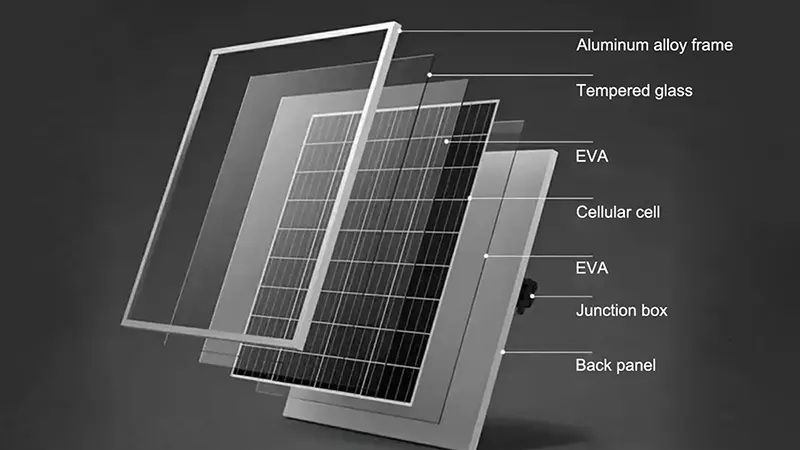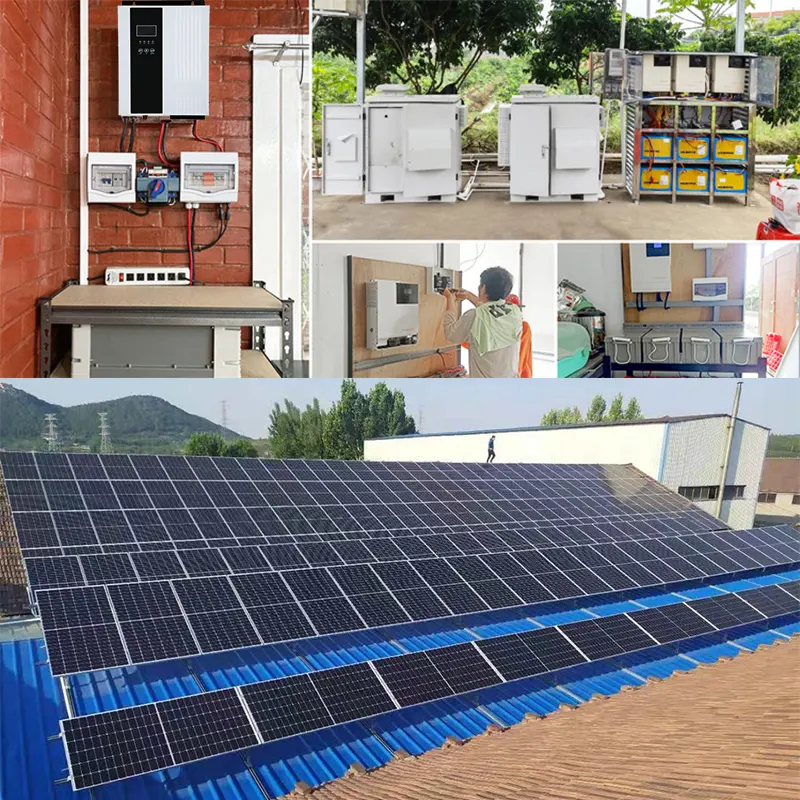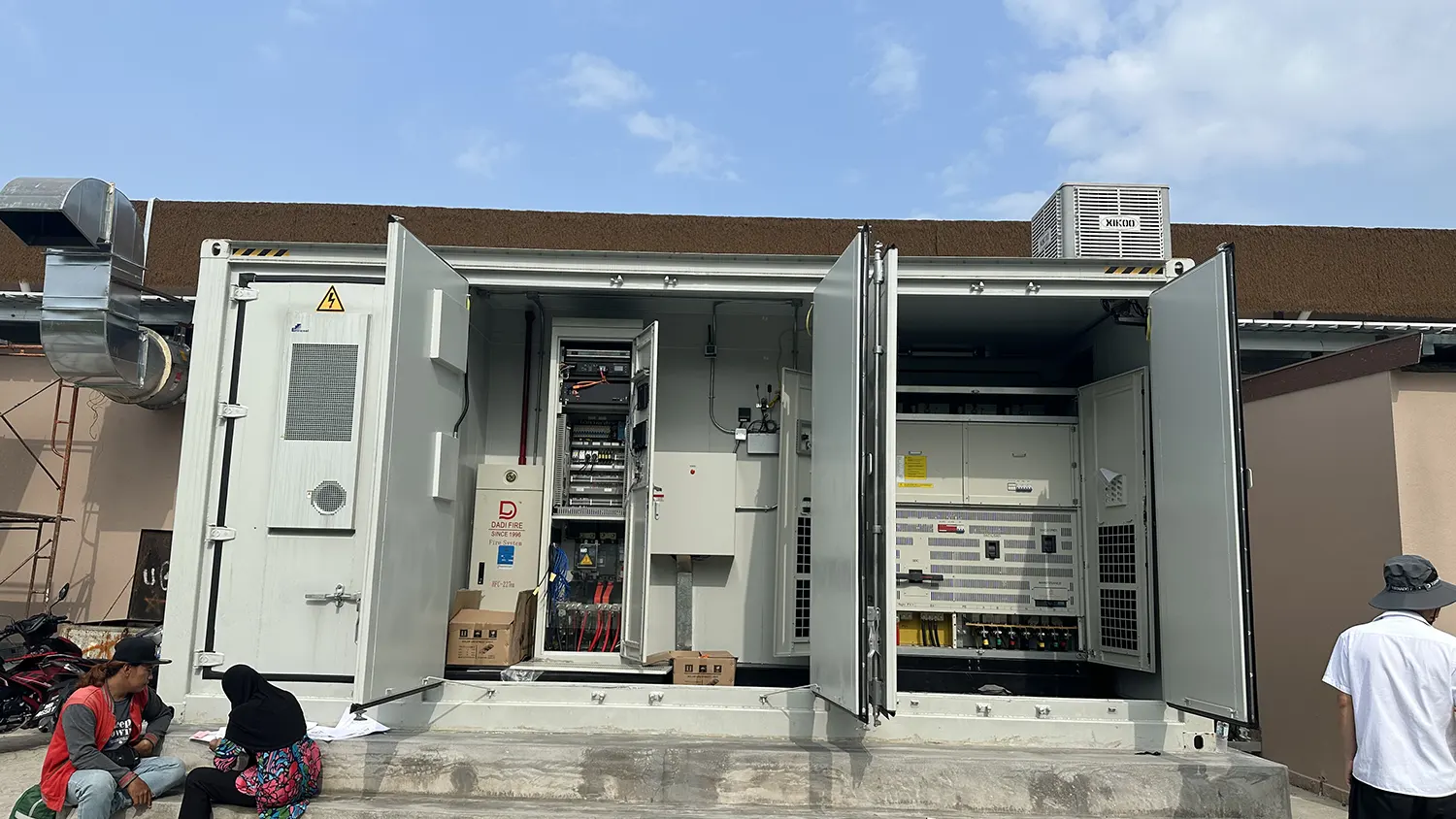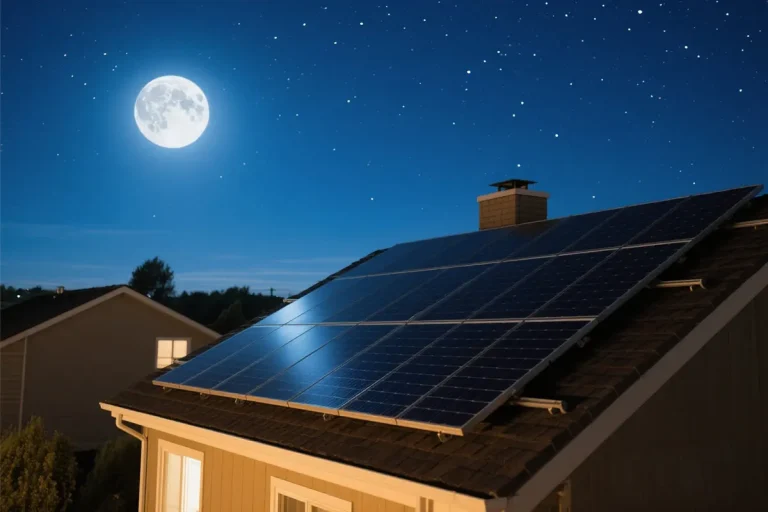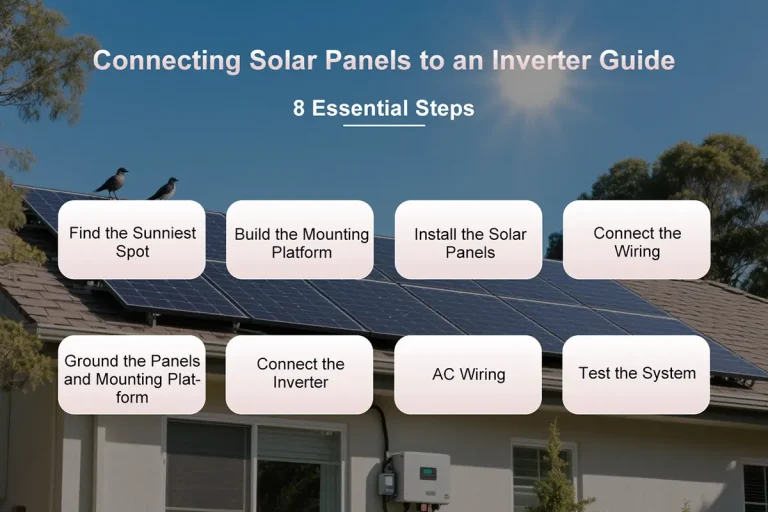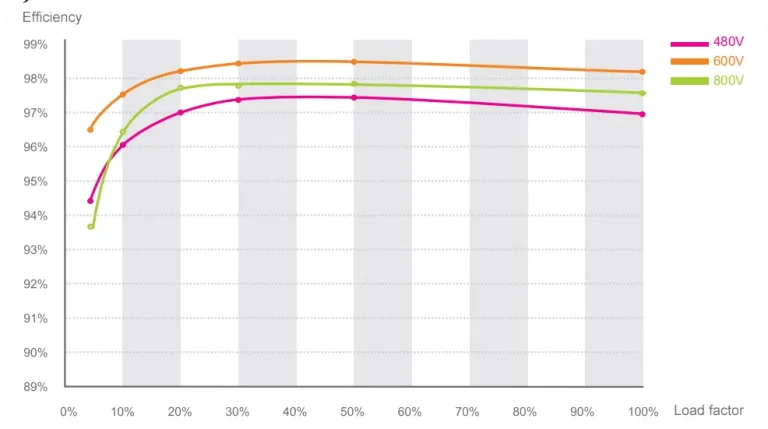14 April, 2025
How to Improve the Power Generation Efficiency of Existing PV Plants?
As global demand for clean energy grows, improving the efficiency of PV plants is more important than ever. For existing installations, there are effective ways to boost energy output and returns without major new investments. This article offers practical optimization strategies for PV modules, system layout, inverters, cabling, energy storage, and O&M—helping improve performance, reduce losses, and achieve better economic and environmental results.
1. Optimize PV Module Performance
Use High-Efficiency Modules
If the existing plant uses outdated or low-efficiency panels, upgrading to modern high-efficiency modules can make a noticeable difference. Monocrystalline, advanced polycrystalline, and some thin-film technologies now offer significantly higher energy conversion rates.
Regular Cleaning and Maintenance
Dust, bird droppings, and other contaminants reduce light transmission and thus energy output. Periodic cleaning—especially in desert or industrial regions—is critical to maintaining optimal performance.
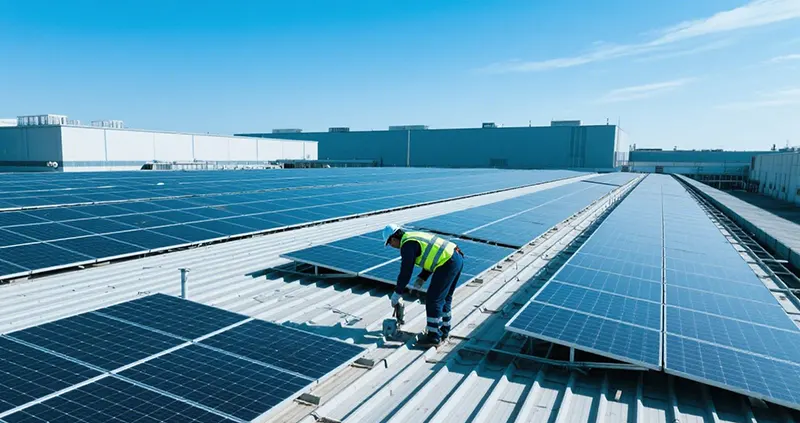
2. Improve Layout and Installation Angles
Optimize Tilt and Orientation
Review the installation angles and orientation of panels based on local geographic and solar path data. Adjusting tilt and azimuth angles can reduce shading and improve solar capture.
Minimize Shading Effects
Identify and mitigate shading from nearby buildings, poles, or vegetation. Even partial shading can cause disproportionate power losses. Collaborate with relevant authorities or property owners to remove or reposition shade-causing obstacles where possible.
3. Upgrade Inverter Systems
Install High-Efficiency Inverters
The inverter plays a crucial role in converting DC to AC power. If the current inverter has a low efficiency rating or exhibits faults, replacing it with a more advanced model can improve both power quality and output.
Match Inverter Capacity
Ensure that the inverter’s rated capacity aligns well with the solar array’s output. Oversized inverters waste potential, while undersized ones may throttle production. Proper sizing based on system design and future scalability is essential.
4. Integrate Energy Storage Systems
Strategic Storage Deployment
Energy storage is especially valuable in areas with unreliable grids or high peak demand. Adding battery storage allows excess solar power to be stored during the day and released when needed.
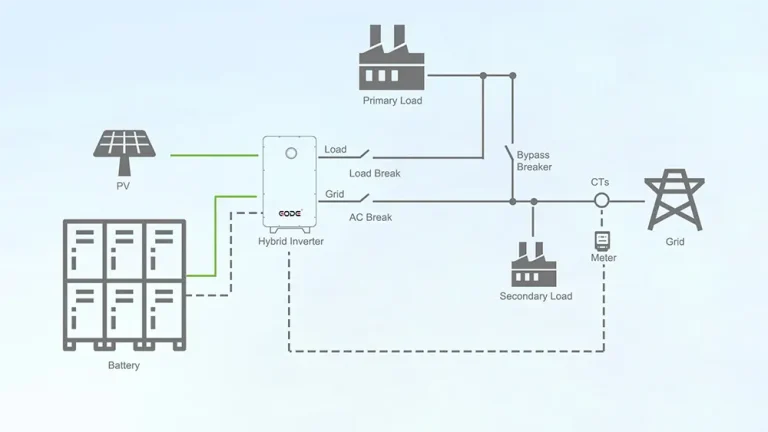
Optimize Charging/Discharging
Use intelligent energy management systems (EMS) to define charging and discharging rules. Charge batteries during peak sunlight hours and discharge during grid peak periods for optimal returns.
5. Optimize Cable Layout and Electrical Connections
Streamline Cable Routing
Shorten cable runs where possible and avoid unnecessary loops. Keep cables away from sources of electromagnetic interference to reduce losses.
Minimize Connection Points
Each connection introduces resistance and potential failure points. Use high-quality connectors and sealants to reduce energy loss and improve safety.
Upgrade Outdated Wiring
Replace aging or low-grade cables with low-resistance, durable materials. Also consider upgrading terminal blocks and connectors for better efficiency.
Enhance System Protection
Install or upgrade protective elements such as surge protectors and anti-rodent solutions to ensure stable, long-term operation.
6. Strengthen Operation and Maintenance (O&M) Management
Real-Time Monitoring
Track key system metrics such as voltage, current, output power, and inverter status. Also monitor environmental conditions like temperature and wind speed.
Develop a Structured Maintenance Plan
Base your maintenance schedule on system data and component health. Clean modules, check inverter status, and replace worn components regularly.
Train Your O&M Team
Well-trained technicians are key to ensuring high performance. Provide regular professional training on system operation, safety protocols, and troubleshooting procedures.
Conclusion
Boosting the performance of an existing PV plant doesn’t necessarily require heavy investment. By optimizing module performance, layout, inverter efficiency, wiring, storage integration, and maintenance routines, plant operators can significantly improve energy yield and return on investment. Tailor each optimization strategy to the specific needs of your site—and remember, consistent monitoring and targeted upgrades are the foundation of long-term success.
share

